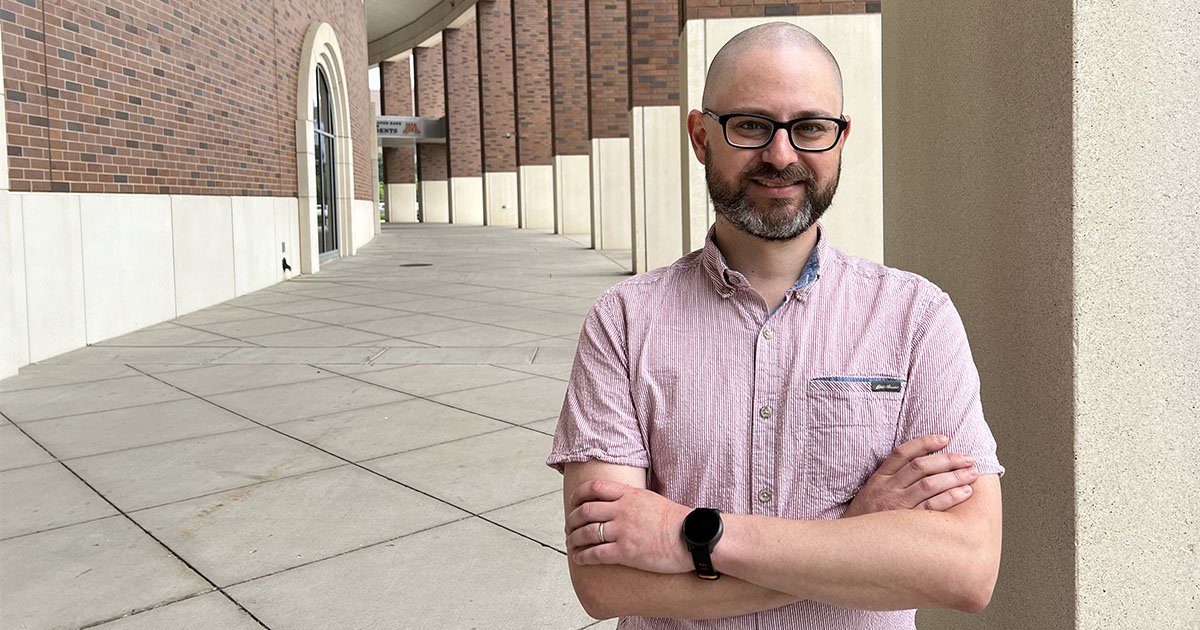As the holiday season approaches and Minnesotans prepare to celebrate with family and friends, it’s important to keep some health and safety precautions in mind. While gathering with loved ones is a wonderful way to spend the holidays, it’s also an opportunity to spread flu, COVID-19 and other viruses. National Influenza Vaccination Week (December 4-8) is an annual campaign to remind us all to get vaccinated against the flu and ensure you are up to date on all recommended vaccinations.
Unfortunately, not all Minnesotans have equitable access to these vaccines. Colin Planalp, a senior research fellow at the University of Minnesota School of Public Health, studies disparities that have hampered the ability of all Minnesotans to access the vaccines that we need to keep us safe in the coming months.
“Though we’ve finally emerged from the darkest days of the pandemic, it’s important that we remember the lessons we learned about preventing the spread of illness, such as protecting ourselves and our communities by staying home when sick, masking in higher risk situations, and, especially, making sure we’re up to date with recommended vaccines.
“Vaccines are truly technological marvels of modern medical science, but we squander their value if the people who need them most have trouble getting them. SPH recently published a report that revealed stark disparities in how the state immunized people against COVID, leaving some of the people at highest risk of severe disease and death unvaccinated for much longer than others.
“Research shows that like COVID-19 vaccines, influenza vaccines reduce people’s risk of severe illness and death. In recent years, Minnesota’s flu vaccination rate was higher than the U.S. average, but there remains substantial room for improvement. And while most Minnesotans have been vaccinated against COVID-19, less than half have received updated vaccines that can boost their protection as the virus evolves.
“For anyone looking to get vaccinated, the Minnesota Department of Health has a useful online tool that includes information on free or low-cost shots for children, and resources for people with little or no insurance coverage.”
Planalp has more than 15 years of experience in health policy research and communications. Since joining SPH’s State Health Access Data Assistance Center (SHADAC) as a researcher in 2014, he has conducted research and provided technical assistance to states and federal agencies on a variety of topics, including innovative solutions to filling gaps in data on social determinants of health, measuring health disparities and efforts to enhance health equity.

